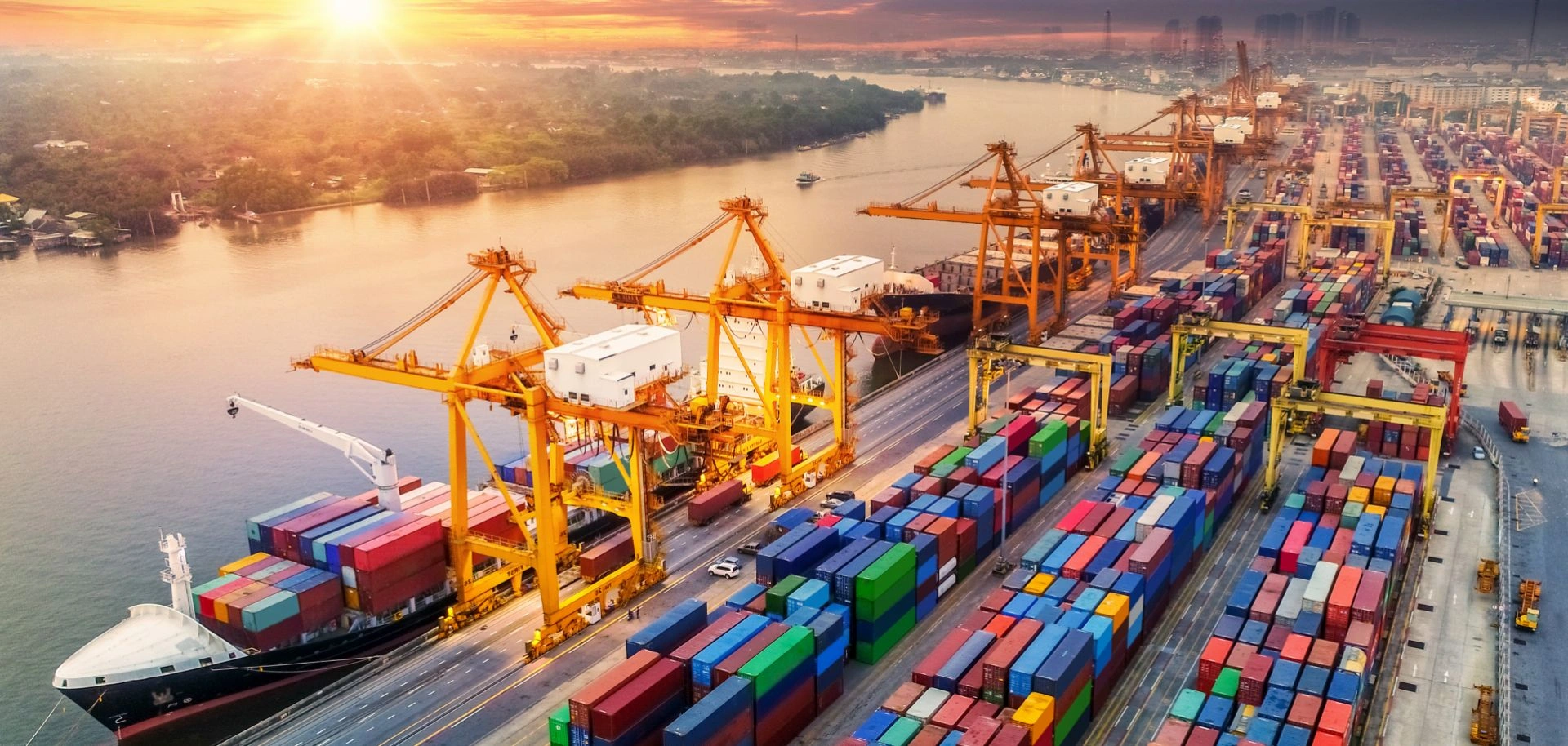Yesterday, on October 31, 2024 Pakistan marked a pivotal moment in its economic reform journey by officially inaugurating the bidding process for the long-anticipated privatisation of Pakistan International Airlines (PIA). PIA’s financial landscape is one marked by both opportunities and challenges. The airline has growth potential with assets worth approximately PKR 152 billion, including a substantial fleet and operational routes. However, it has also been a financial drain on Pakistan’s economy, with massive debts and an unmanageable workforce of 7,100 employees, including over 2,400 daily wage workers.
The Privatisation Ministry announced on Thursday that only a single bid was received in the final bidding process for the privatisation of Pakistan International Airlines (PIA). The government pre-qualified six groups in June, but only real estate development company Blue World City participated in the bidding process. The company offered Rs10 billion for a 60 per cent stake in bidding whereas the government-set minimum price of bidding was Rs85bn.
The Privatisation Commission stated that it had requested the bidder to meet the minimum bid requirement. However, Blue World City Chairman Saad Nazir remained firm on the initial bid offered. “We wish the government all the best if they don’t want to accept our bid,” he said during the ceremony.
Domestic Implications: Balancing Financial Gains and National Sentiment
The apparent motive behind PIA’s privatisation is Pakistan’s debt-ridden economy. Pakistan was looking to offload a 51-100pc stake in debt-ridden PIA to raise funds and reform state-owned enterprises as envisaged under the recent $7bn International Monetary Fund (IMF) programme.
As a national symbol, PIA carries a deep emotional and cultural connection for many Pakistanis, thus its privatisation also means redefining its identity and place in the Pakistani psyche. To this end, the real estate firm has committed to retaining the current workforce for 18 months and rehiring 70% thereafter to mitigate potential backlash and safeguard PIA’s legacy.
Also See: Pakistan to hold final bidding for national airline with shortlist of one
PIA Privatisation: Learning from Regional Case Studies: India and Sri Lanka
Pakistan has two regional case studies vis-a-vis airline privatisation to be considered. One is India which recently sold its government-owned airliner Air India to Tata Sons for about $2.4bn. Before this, Air India had racked up a total loss of $9.5bn, with reports saying it made $2.6 million in losses every day. Two years after its privatisation, Air India has made significant progress on initiatives introduced by its new ownership. The second one is Sri Lanka which failed to attract reasonable bidding and thus opted for reconstruction of the Sri Lankan airline instead. Sri Lanka’s failed privatisation experience tells a cautionary tale that Pakistan must heed to avoid further economic strain.
For Pakistan, successful privatisation could position PIA as a key competitor in the South Asian aviation market. It can potentially have a similar fate as Air India characterised by enhancing service quality, expanding profitable routes, and optimising operational costs. However, if the bidding fails, Pakistan would have to adopt Lanka’s path.
What Holds for Pakistan if PIA is Successfully Privatised?
Another intriguing question associated with PIA’s privatisation is whether it can restore PIA’s status as a leading airline in the region, or if it will be a symbolic end to an iconic institution.
Geographically, Pakistan’s position as a crossroads between East Asia and the Middle East gives it a strategic advantage in the aviation sector. With investments in transit hubs like the recently functional Gwadar International Airport, Islamabad, and Karachi, Pakistan could emerge as a critical stopover point for flights bridging these regions. Aligning PIA’s routes with major East Asian and Middle Eastern destinations could not only attract transit traffic but also stimulate regional tourism and business travel.
Additionally, as China-Pakistan Economic Corridor (CPEC) projects advance, PIA’s future routes could integrate land and air corridors between Pakistan and Chinese cities. This would establish Pakistan as a logistical link in China’s Belt and Road Initiative by integrating its air routes with its overland trade routes to China.
Internationally, PIA’s privatisation sends a clear message to investors: Pakistan is serious about reforming its economy and tackling structural inefficiencies. The decision comes amid broader economic restructuring efforts, which include debt reorganisation and policy shifts across sectors. This privatisation, if successful, could attract further foreign investment, especially if it is followed by stable policies and economic transparency
Thus, the outcome of PIA’s bid will not only determine PIA’s future but will also reflect Pakistan’s resolve to advance a coherent and ambitious economic reform agenda.
However, for privatisation to succeed in the long run, Pakistan must commit to fostering a business-friendly environment marked by consistent policies. This privatisation should be treated as part of a larger reform agenda that, if managed prudently, could set a new precedent for economic restructuring in the country.

![A Pakistan International Airlines (PIA) plane prepares to take-off at Alama Iqbal International Airport in Lahore as the country embarks for PIA privatisation. [Image via Reuters/File]](https://southasiatimes.org/wp-content/uploads/2024/11/571655_7591962_updates.webp)




